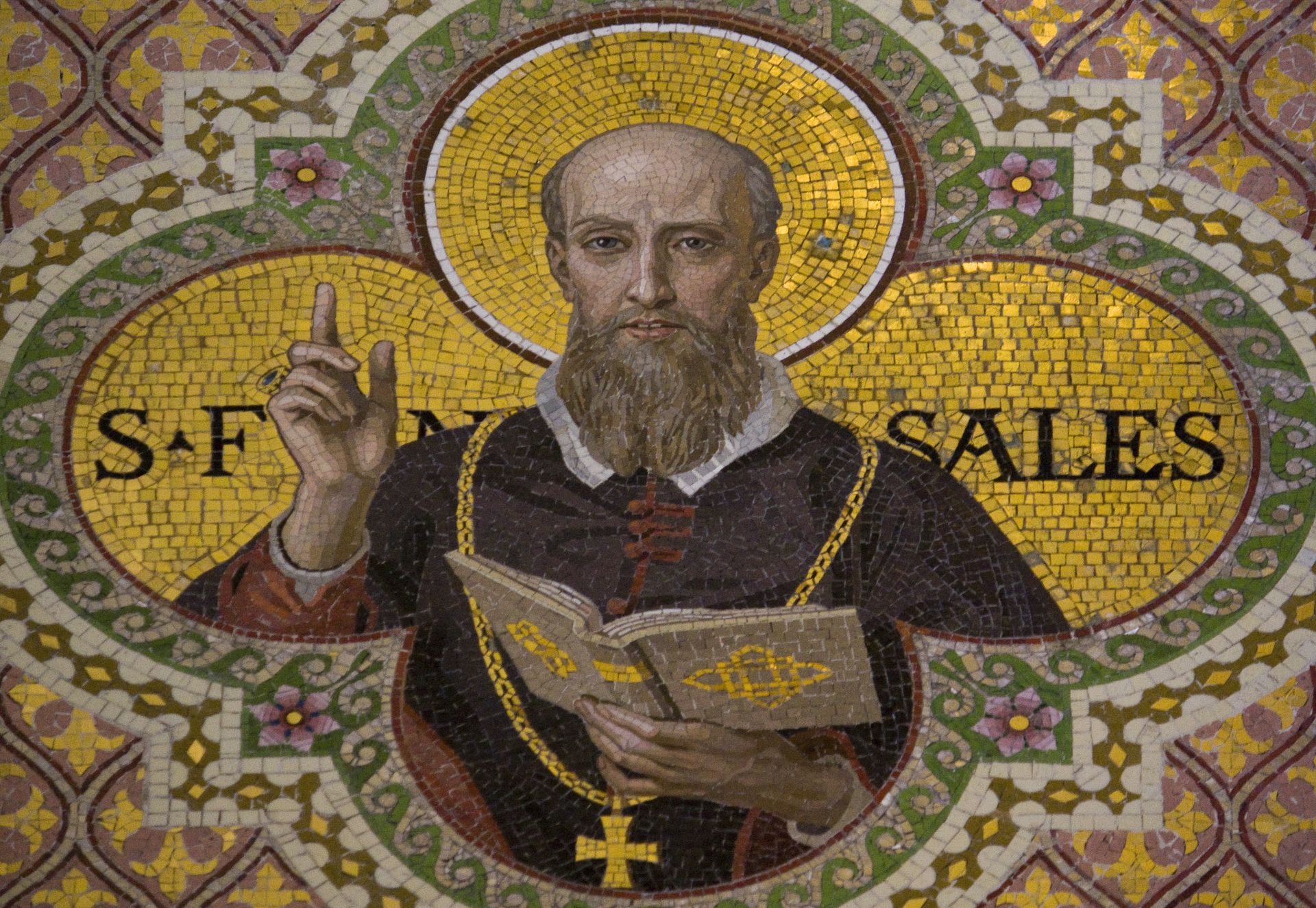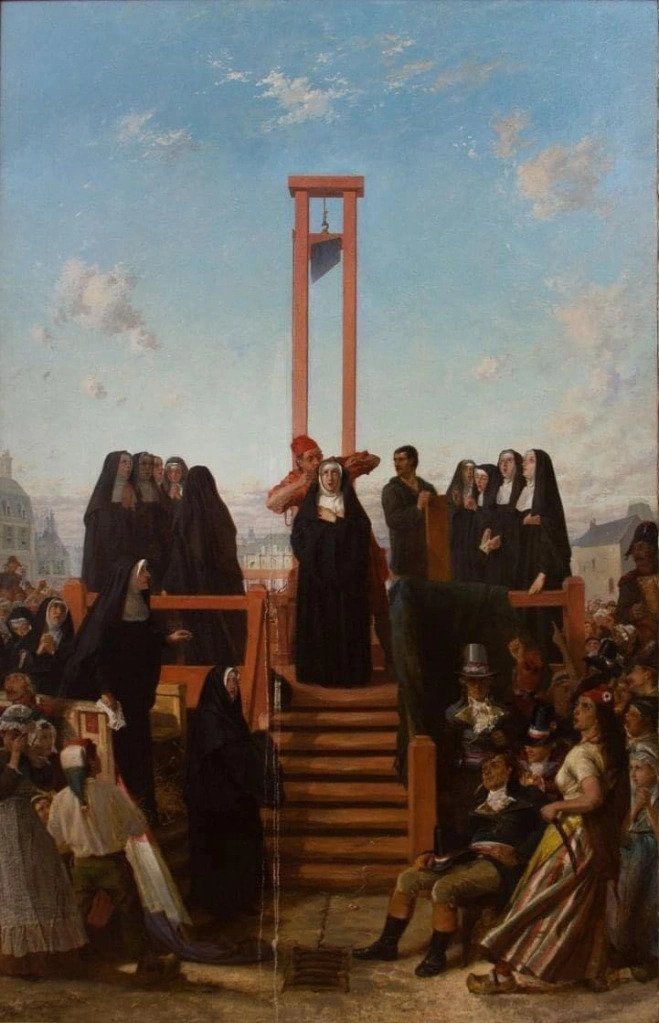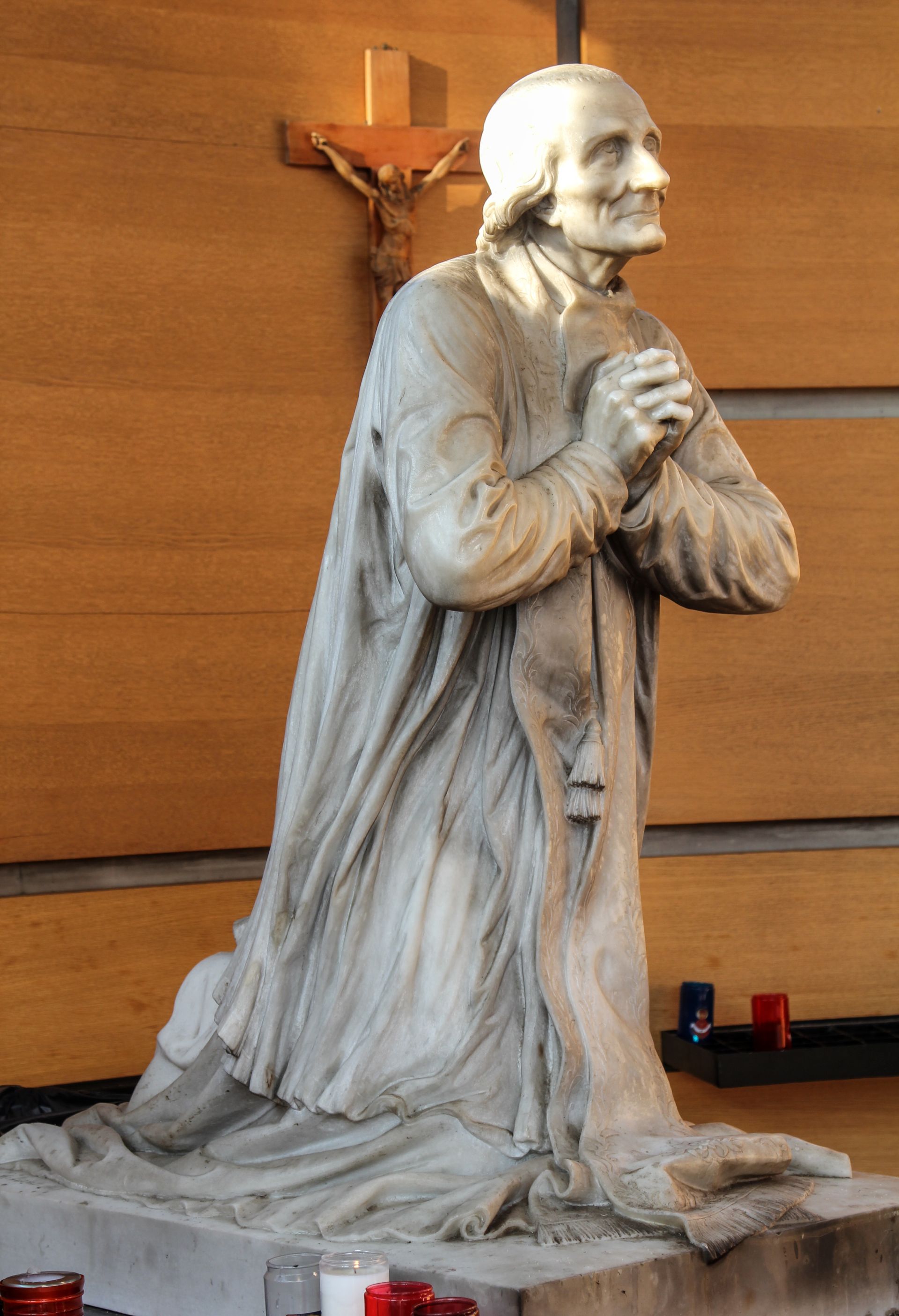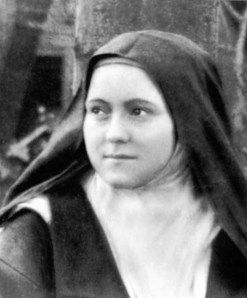
Aug 28
Revolution and Revival
You don't get to be called the Eldest Daughter of the Church unless you've been around long enough to see many periods of change in the Church and the world. Perhaps no shift in the history of France was as radical, violent, and disruptive as the transition from the middle ages to the modern era. The Protestant Reformation, beginning in the sixteenth century, shattered the unity of Western Christendom and led many to lose confidence in the Catholic Church. The French Revolution, beginning in 1789, divorced the Church from the state and led to untold persecution of Catholics. Reformation, revolution, and related phenomena like the so-called Enlightenment caused a profound rupture with the past and widespread rejection of the Church's authority. How did Catholic France respond?

As she always has: with the witness of the saints, which leads to revival. This period produced one of the great Doctors (teachers) of the Church, St. Francis de Sales. Francis was exposed to Calvinist teaching in his youth and became convinced that he was predestined for hell. After a time of deep personal crisis, he regained his confidence in God's love and the intercession of the Blessed Virgin Mary. This renewed faith would serve him well as a priest and later the bishop of Geneva, the heart of Calvinism. Francis spoke widely, conducted spiritual direction in person and via letters, and wrote devotional works on how lay people could lead lives dedicated to God in troubled times. His teaching brought thousands back into the Catholic Church. A man of compassion, patience, and peace, St. Francis de Sales did much to heal the wounds of the Protestant Reformation in France and throughout Europe.

In addition to teachers, many French martyrs bore witness to the faith in the modern period, including the Carmelites of Compiègne. These 16 nuns and associated lay women were publicly executed by guillotine during the infamous Reign of Terror. Their crime: refusing to abandon religious life, which had been banned by the revolutionary government of France. The crowds, typically rowdy during beheadings, were moved to silence by the dignified faithfulness of the Carmelites. Ten days later, the Reign of Terror came to an end.

Countless men and women abandoned the Catholic Church in the wake of the French Revolution, and those who didn't were often poorly instructed in Catholic beliefs and morals. Into this catechetical catastrophe stepped many holy priests, including St. John Vianney. As a boy, John was inspired by the priests who risked their lives to illegally administered the sacraments in revolutionary France. By the time John was twenty, the official persecution of the Catholic Church had ended and it was possible for him to attend seminary. He was a poor student and barely made it to ordination. John was soon assigned to the village of Ars, which was so small and remote that he got lost trying to find it. He found that the 230 inhabitants of Ars were largely ignorant of the faith and preferred working or carousing to attending Sunday Mass. John set to work preaching and hearing Confessions with remarkable persistence, and his people began taking notice. In fact, he became famous across France and beyond, and pilgrims began pouring into Ars. John spent up to 16 hours in the confessional each day! St. John Vianney's work as a humble parish priest helped heal the consciences of those scarred by the French Revolution.

By the nineteenth century, another revolution—the Industrial Revolution—was transforming French life. The great conflict between capitalism and Marxism dominated the thought of the nation. In this context, five girls were born into a devout, middle class Catholic family. All of them became nuns. One of the sisters entered a Carmelite monastery in Lisieux when she was 15 and took the religious name Thérèse of the Child Jesus and the Holy Face. She never left, dying of tuberculosis nine years later when she was only 24. After her death, some of the reflections she had written while in the convent were published as a memoir, Story of a Soul, which became a huge bestseller. St. Therese of Lisieux redirected the eyes of France from the colossal conflict between capital and labor to the "little way" of following Jesus by doing the small tasks of life with great love amid a turbulent world.
The saints of modern France show us that no era is so chaotic that we cannot achieve holiness if we remain faithful and rely God's love. If you're intrigued and want to learn more about the story of Catholic France, enroll in LANE's fall 2023 class, Our Lady and the Eldest Daughter of the Church!
— Cory Lakatos, LANE Director of Communications
The saints of modern France show us that no era is so chaotic that we cannot achieve holiness if we remain faithful and rely God's love. If you're intrigued and want to learn more about the story of Catholic France, enroll in LANE's fall 2023 class, Our Lady and the Eldest Daughter of the Church!
— Cory Lakatos, LANE Director of Communications

A Ministry of Our Lady of the Lake Catholic Church
480 152nd Avenue, Holland, MI 49424
lanecatholic@oll.org
Privacy Policy and Terms of Use
Copyright © 2025